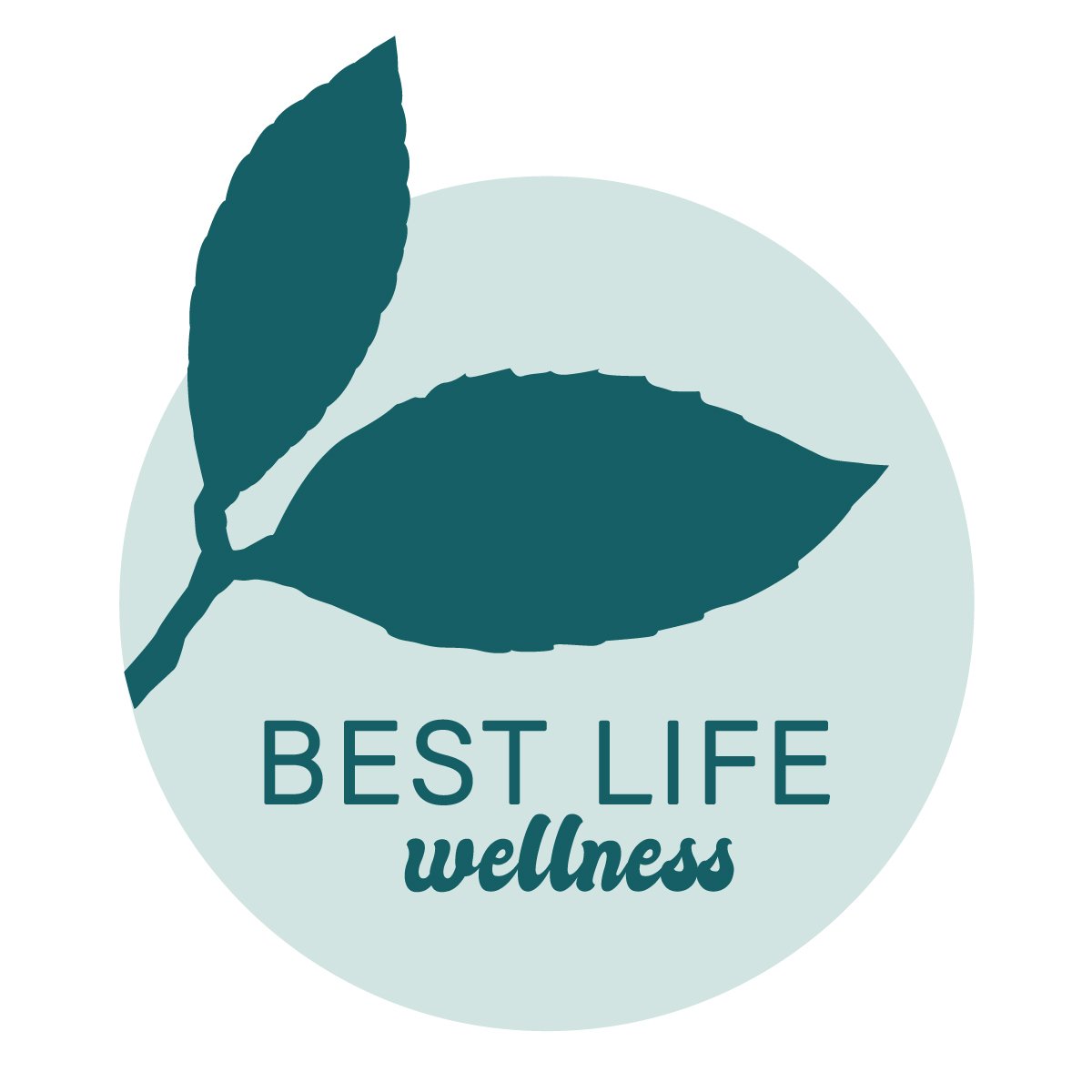As an acupuncturist, I often get asked about the differences between acupuncture and dry needling. While both techniques involve the insertion of thin needles into the skin, there are significant differences between the two practices.
Acupuncture is an ancient form of traditional Chinese medicine that has been around for thousands of years. It involves the insertion of needles into specific points on the body, known as acupuncture points, to balance the flow of energy or "qi" in the body. Acupuncture has been used to treat a variety of conditions, including pain, stress, and anxiety.
On the other hand, dry needling is a relatively new technique that was developed by western medical practitioners. It involves the insertion of needles into the skin to target trigger points in the muscles and improve function. Chiropractors and physical therapists often use dry needling as part of their treatment plans.
So what are the key differences between acupuncture and dry needling? For starters, the philosophy behind each technique is different. Acupuncture is based on the idea of energy flow and balancing the body's systems, while dry needling is more focused on releasing tight muscles and improving function.
In terms of training and education, licensed acupuncturists undergo extensive training in traditional Chinese medicine, acupuncture theory, and diagnosis. We are licensed professionals who often hold a masters degree or higher in acupuncture. In California, where I received my degree, we are required to complete 3,000 hours of education and training in acupuncture theory and techniques.
In comparison, chiropractors and physical therapists who practice dry needling may complete shorter training courses ranging from a few days to several weeks. The specific requirements for training and certification to perform dry needling vary by state and jurisdiction. However, it is generally considered a lesser amount of training and education than what licensed acupuncturists undergo.
Finally, the experience of receiving acupuncture vs dry needling can be quite different. Acupuncture needles are typically thinner than those used in dry needling, and they are often inserted more shallowly. During an acupuncture treatment, you may feel a tingling or warming sensation, or you may feel nothing at all. Dry needling, on the other hand, can create more sensation, as the needles are often inserted deeper into the muscles, sometimes repeatedly to achieve results.
In conclusion, while acupuncture and dry needling share some similarities, there are significant differences between the two techniques. As an acupuncturist, I believe that acupuncture is a holistic approach to healing that addresses the root causes of disease and promotes overall well-being. If you're considering acupuncture or dry needling as part of your treatment plan, I encourage you to talk to your healthcare provider to determine which option is best for you. And if you do decide to go for acupuncture, trust in the skilled hands of your acupuncturist and let the healing power of this ancient practice work its magic!


